在制作或調試任何電氣系統時,測量電壓和電流總是有幫助的。在這個項目中,我們將 使用PIC16F877A微控制器和電流傳感器ACS712-5A制作自己的數字電流表 。該項目可以測量0-30A范圍內的交流和直流電流,精度為0.3A。只需對代碼進行少量修改,您也可以使用此電路測量高達30A的電流。
所需材料:
ACS712電流傳感器的工作原理:
在我們開始構建項目之前,了解 ACS712 電流傳感器的工作原理對我們來說非常重要,因為它是項目的關鍵組件。測量電流,尤其是交流電流始終是一項艱巨的任務,因為噪聲加上不正確的隔離問題等。但是,借助由Allegro設計的ACS712模塊,事情變得容易多了。
該模塊的工作原理是霍爾效應,這是由埃德溫·霍爾博士發現的。根據他的原理,當載流導體被放入磁場中時,在其邊緣垂直于電流和磁場方向產生電壓。讓我們不要太深入這個概念,簡單地說,我們使用霍爾傳感器來測量載流導體周圍的磁場。該測量將以毫伏為單位,我們稱之為霍爾電壓。該測量的霍爾電壓與流過導體的電流成正比。
使用 ACS712 電流傳感器的主要優點是可以測量交流和直流電流,它還在負載(交流/直流負載)和測量單元(微控制器部分)之間提供隔離。如圖所示,模塊上有三個引腳,分別是Vcc,Vout和接地。
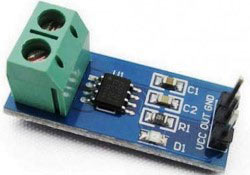
2 針接線端子是載流線應穿過的位置。模塊工作在+5V,因此Vcc應由5V供電,接地應連接到系統的地。Vout引腳的失調電壓為2500mV,這意味著當沒有電流流過導線時,輸出電壓將為2500mV,當電流為正時,電壓將大于2500mV,當電流為負時,電壓將小于2500mV。
我們將使用 PIC 微控制器的 ADC 模塊來讀取模塊的輸出電壓 (Vout),當沒有電流流過導線時,輸出電壓為 512(2500mV)。當電流以負方向流動時,該值將減小,當電流沿正方向流動時,該值將增加。下表將幫助您了解輸出電壓和ADC值如何根據流過導線的電流而變化。

這些值是根據 ACS712 數據表中給出的信息計算得出的。您也可以使用以下公式計算它們:
Vout Voltage(mV) = (ADC Value/ 1023)*5000
Current Through the Wire (A) = (Vout(mv)-2500)/185
現在,我們知道了ACS712傳感器的工作原理以及我們可以從中得到什么。讓我們繼續看電路圖。
電路圖:
下圖顯示了該數字電流表項目的完整電路圖。

完整的數字電流計電路工作在+5V電壓下,由7805穩壓器調節。我們使用 16X2 LCD 來顯示電流值。電流傳感器 (Vout) 的輸出引腳連接到 7^千^PIC的引腳,即AN4,用于讀取模擬電壓。
此外,PIC 的引腳連接如下表所示
| S.No: | 引腳編號 | 引腳名稱 | 已連接到 |
|---|---|---|---|
| 1 | 21 | RD2 | 液晶顯示器的 RS |
| 2 | 22 | RD3 | 液晶顯示器的E |
| 3 | 27 | RD4 | 液晶屏D4 |
| 4 | 28 | RD5 | 液晶屏D5 |
| 5 | 29 | RD6 | 液晶屏D6 |
| 6 | 30 | RD7 | 液晶屏D7 |
| 7 | 7 | AN4 | 當前塞斯諾的沃特 |
您可以在面包板上構建此數字電流表電路或使用性能板。如果您一直遵循PIC教程,那么您還可以重用我們用于學習PIC微控制器的硬件。在這里,我們使用了與PIC微控制器一起為LED閃爍構建的相同 性能板 ,如下所示:
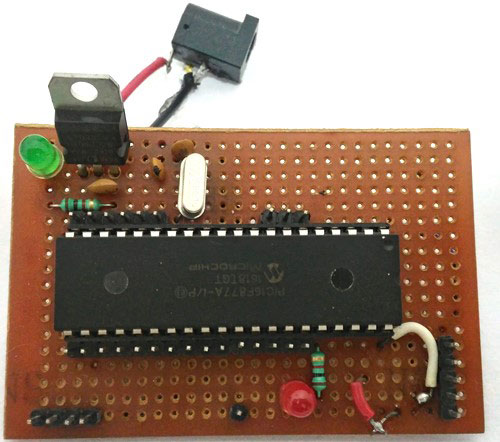
注意: 構建此板不是強制性的,您可以簡單地按照電路圖在面包板上構建電路,并使用任何轉儲器套件將程序轉儲到 PIC 微控制器中。
模擬:
在您實際使用硬件之前,也可以使用 Proteus 模擬此 電流表電路 。分配本教程末尾給出的代碼的十六進制文件,然后單擊播放按鈕。您應該能夠注意到LCD顯示屏上的電流。我使用燈作為交流負載,您可以通過單擊它來改變燈的內阻以改變流過它的電流。

如上圖所示,電流表顯示流過燈的實際電流約為 3.52 A,LCD 顯示電流約為 3.6 A。但是,在實際情況下, 我們可能會得到高達0.2A的誤差 。ADC值和電壓(mV)也顯示在LCD上,供您理解。
PIC微控制器編程:
如前所述,完整的代碼可以在本文末尾找到。該代碼是用注釋行自我解釋的,只涉及將LCD與PIC微控制器連接的概念,以及在PIC微控制器中使用ADC模塊的概念,我們已經在之前的PIC微控制器學習教程中介紹過。
從傳感器讀取的值將不準確,因為電流是交流的并且還受到噪聲的影響。因此,我們讀取ADC值20次并將其平均以獲得適當的電流值,如下面的代碼所示。
我們使用上面解釋的相同公式來計算電壓和電流值。
for (int i=0; i<20;i++) //Read value for 20 Times
{
adc=0;
adc=ADC_Read(4); //Read ADC
Voltage = adc*4.8828; //Calculate the Voltage
if (Voltage>=2500) //If the current is positive
Amps += ((Voltage-2500)/18.5);
else if (Voltage<=2500) //If the current is negative
Amps += ((2500-Voltage)/18.5);
}
Amps/=20; //Average the value that was read for 20 times
由于該項目也可以讀取交流電流,因此電流也將是負的和正的。也就是說,輸出電壓值將高于和低于2500mV。因此,如下圖所示,我們更改了負電流和正電流的公式,以便我們不會得到負值。
if (Voltage>=2500) //If the current is positive
Amps += ((Voltage-2500)/18.5);
else if (Voltage<=2500) //If the current is negative
Amps += ((2500-Voltage)/18.5);
使用 30A 電流傳感器:
如果您需要測量超過 5A 的電流,您可以簡單地購買 ACS712-30A 模塊并以相同的方式連接它,并通過將 18.5 替換為 0.66 來更改以下代碼行,如下所示:
if (Voltage>=2500) //If the current is positive
Amps += ((Voltage-2500)/0.66);
else if (Voltage<=2500) //If the current is negative
Amps += ((2500-Voltage)/0.66);
如果要測量低電流,還可以使用AVR微控制器檢查100mA電流表。
加工:
一旦您對PIC微控制器進行了編程并準備好了硬件。只需打開負載和PIC微控制器的電源,您應該能夠看到電流通過LCD屏幕上顯示的電線。
注意: 如果您使用的是 ASC7125A 模塊,請確保您的負載消耗不超過 5A,同時使用更高規格的導線作為載流導體。

/*
Digital Ammeter for PIC16F877A
* Code by: B.Aswinth Raj
* Dated: 27-07-2017
* More details at: www.CircuitDigest.com
*/
#define _XTAL_FREQ 20000000
#define RS RD2
#define EN RD3
#define D4 RD4
#define D5 RD5
#define D6 RD6
#define D7 RD7
#include -
微控制器
+關注
關注
48文章
7490瀏覽量
151059 -
PIC16F877A
+關注
關注
2文章
43瀏覽量
21782 -
電流傳感器
+關注
關注
10文章
977瀏覽量
41101 -
數字電流表
+關注
關注
0文章
6瀏覽量
7463
發布評論請先 登錄
相關推薦
PIC16F877A在proteus中讀寫AT24C512
PIC16F877A的UART通信和proteus仿真的資料合集免費下載

PIC16F877A開發板 數碼管動態掃描實驗

PIC16F877A開發板 普通IO驅動74595實驗

PIC16F877A 看門狗定時器實驗

用PIC16F877A和TB6612FNG電機驅動的微型電路

使用熱敏打印機連接PIC16F877A并使用輕觸開關實現打印的教程
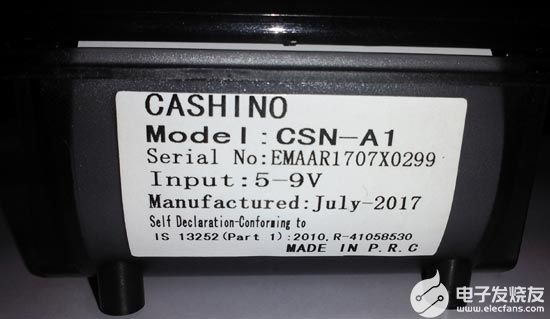




 如何使用PIC16F877A和ACS712-5A制作數字電流表
如何使用PIC16F877A和ACS712-5A制作數字電流表
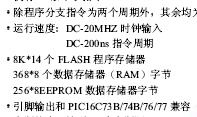
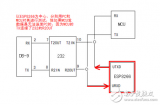
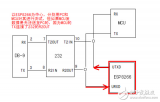










評論